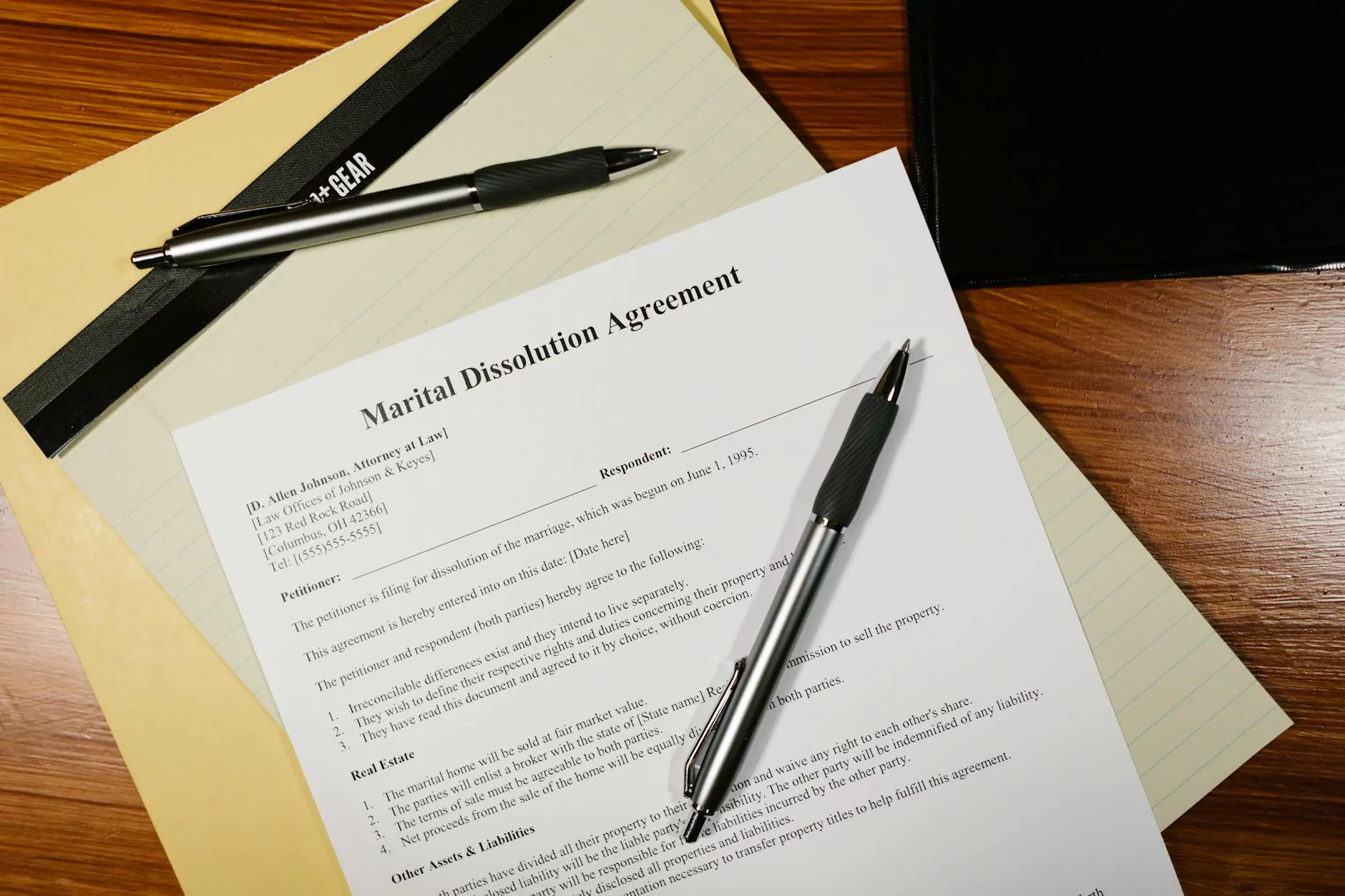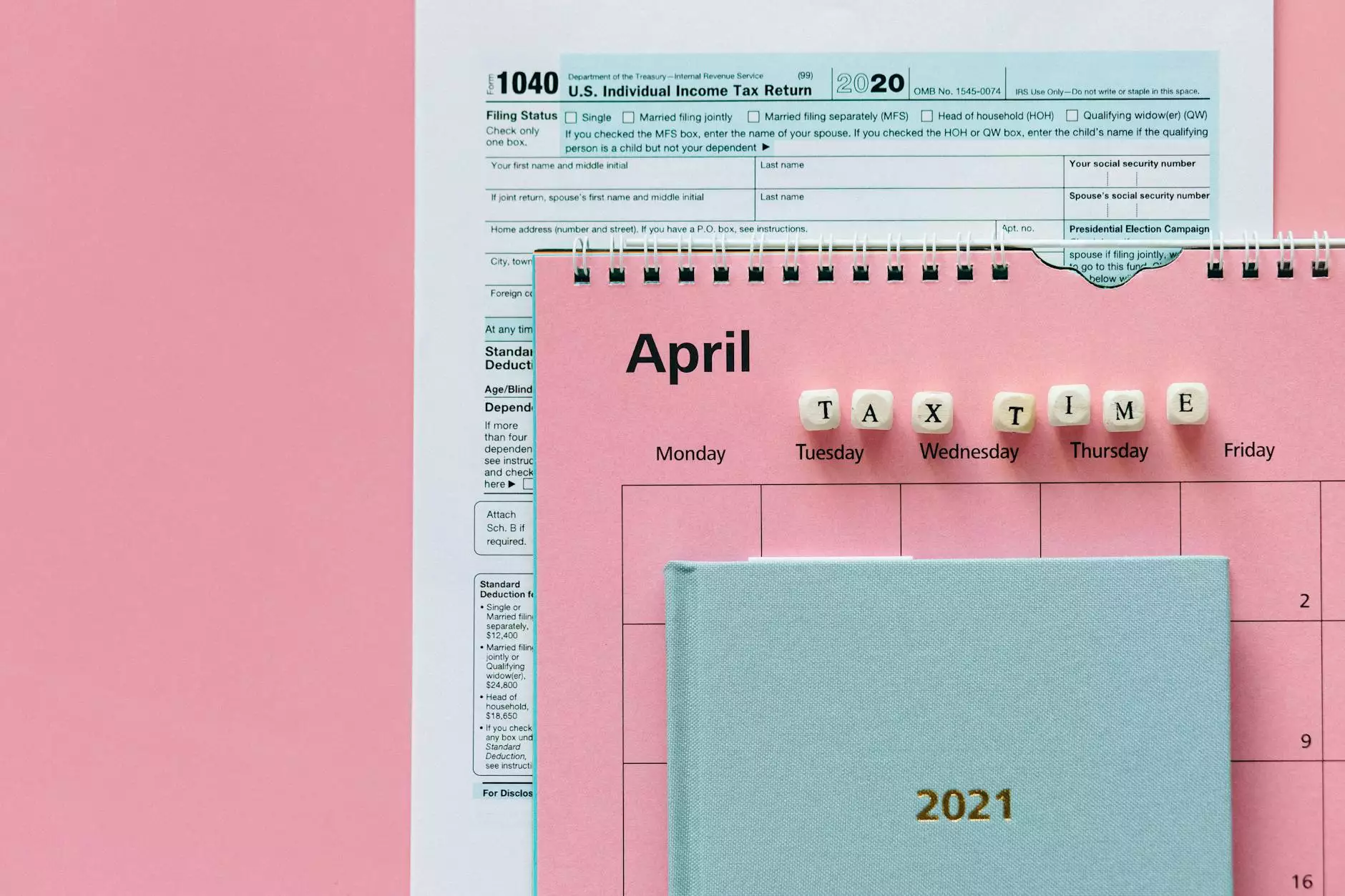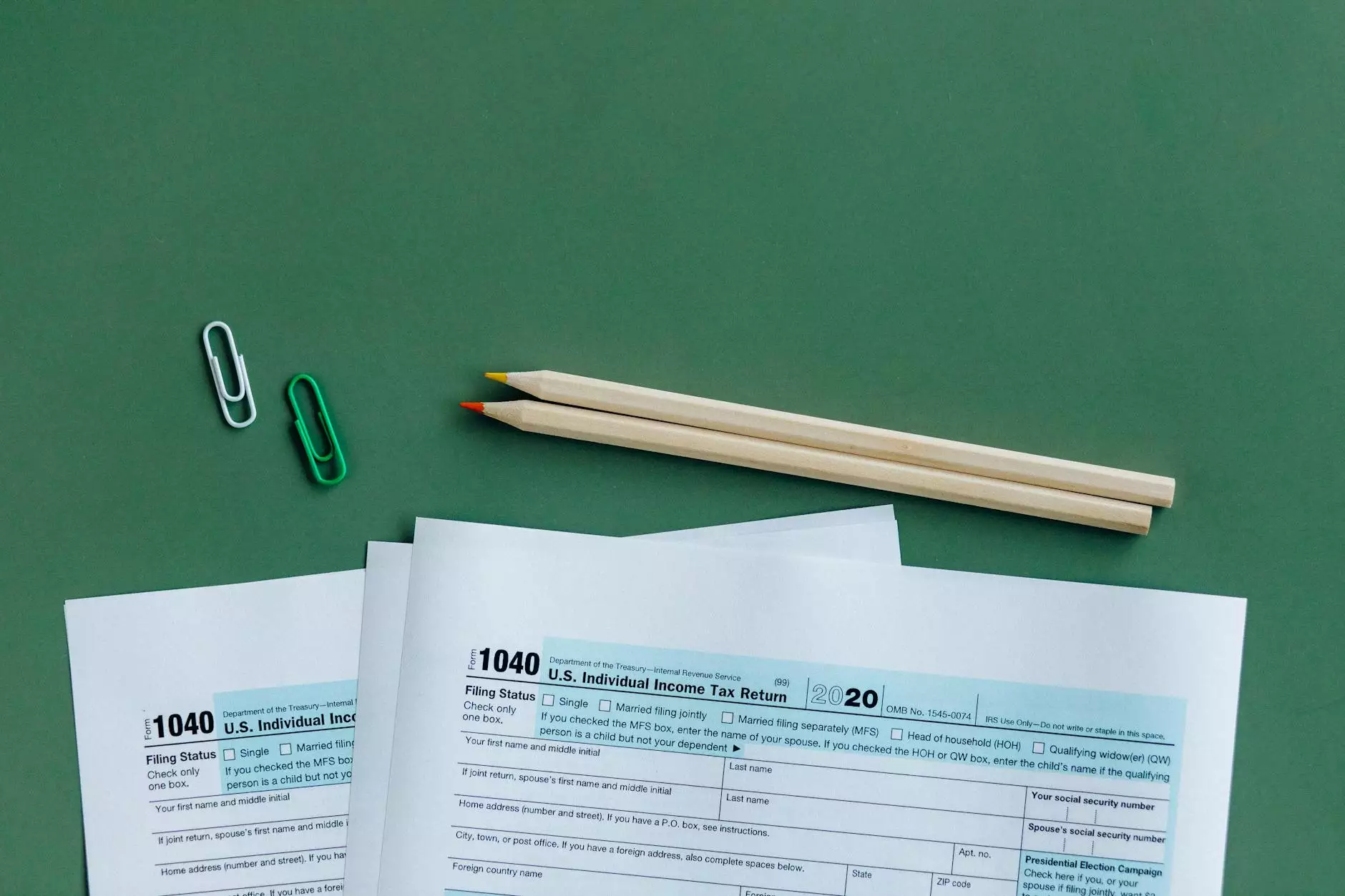SECURE Act 2.0 Summary of Changes to Retirement Plans

Introduction
Welcome to Richardson Law Firm PC's comprehensive summary of the SECURE Act 2.0 and its implications for retirement plans. As a trusted law firm specializing in the field of Law and Government, we understand the importance of staying updated with the latest developments in retirement planning. In this page, we explore the key changes brought about by the SECURE Act 2.0 and help you navigate through its impact on your retirement plans.
Understanding the SECURE Act 2.0
The SECURE Act 2.0, officially known as the Setting Every Community Up for Retirement Enhancement Act, is an important piece of legislation aimed at improving retirement security for individuals. As its predecessor, the SECURE Act, brought significant changes to retirement plans, the SECURE Act 2.0 builds upon its provisions to offer further improvements and enhancements.
Highlights of the Changes
Let's dive into some of the key changes introduced by the SECURE Act 2.0:
1. Expanded Access to Multiple Employer Plans (MEPs)
The SECURE Act 2.0 expands access to Multiple Employer Plans (MEPs), making it easier for small businesses to join together and offer retirement benefits to their employees. By pooling resources, businesses can reduce administrative burdens and potentially lower costs associated with setting up individual retirement plans.
2. Increased Catch-Up Contribution Limits
For individuals aged 50 and older, the SECURE Act 2.0 raises the catch-up contribution limits. This allows individuals to make additional contributions to their retirement plans, helping them bolster their savings as they approach retirement. Taking advantage of these higher limits can provide individuals with more financial security during their golden years.
3. Expanded Auto-Enrollment and Escalation
To promote retirement savings, the SECURE Act 2.0 encourages auto-enrollment and escalation features in employer-sponsored retirement plans. These features automatically enroll employees into retirement plans and gradually increase their contribution rates over time. By making retirement savings the default option, individuals are more likely to save for their future without the need for active decision-making.
4. New Tax Credits for Small Employers
The SECURE Act 2.0 introduces new tax credits for small employers who establish certain retirement plans, such as automatic enrollment plans or SIMPLE IRA plans. These tax credits serve as incentives for smaller businesses to provide retirement benefits to their employees, fostering a culture of retirement savings and financial security.
The Impact on Retirement Planning
It is crucial to understand how the changes brought about by the SECURE Act 2.0 impact retirement planning:
1. Enhanced Retirement Options
The expanded access to Multiple Employer Plans (MEPs) allows businesses of all sizes to provide retirement benefits more easily. This means that more employees, including those working for smaller businesses, can now access retirement plans, strengthening their overall retirement security.
2. Boosting Retirement Savings
The increased catch-up contribution limits for individuals aged 50 and older enable them to make higher contributions to their retirement plans. This empowers older individuals to catch up on their savings and bridge any potential gaps in their retirement funding, offering them a better chance of achieving their desired retirement lifestyle.
3. Automatic Savings for Employees
With the expanded auto-enrollment and escalation features, more employees will be automatically enrolled in retirement plans. This effortless approach to saving ensures that retirement savings become a priority, even for those who may not actively think about it. The gradual escalation of contribution rates further promotes consistent and sufficient retirement savings over time.
4. Encouraging Retirement Planning for Small Businesses
The introduction of new tax credits incentivizes small businesses to establish retirement plans for their employees. This stimulates a retirement-saving culture within these businesses and helps bridge the retirement gap among employees who may not have had access to retirement benefits previously.
Contact Richardson Law Firm PC for Expert Guidance
At Richardson Law Firm PC, our experienced team of attorneys specializes in providing expert guidance on retirement planning and the legal implications surrounding it. We understand the intricacies of the SECURE Act 2.0 and its potential impact on retirement plans. Contact us today to learn more about how we can help you navigate through these changes and ensure a secure retirement for you and your loved ones.










